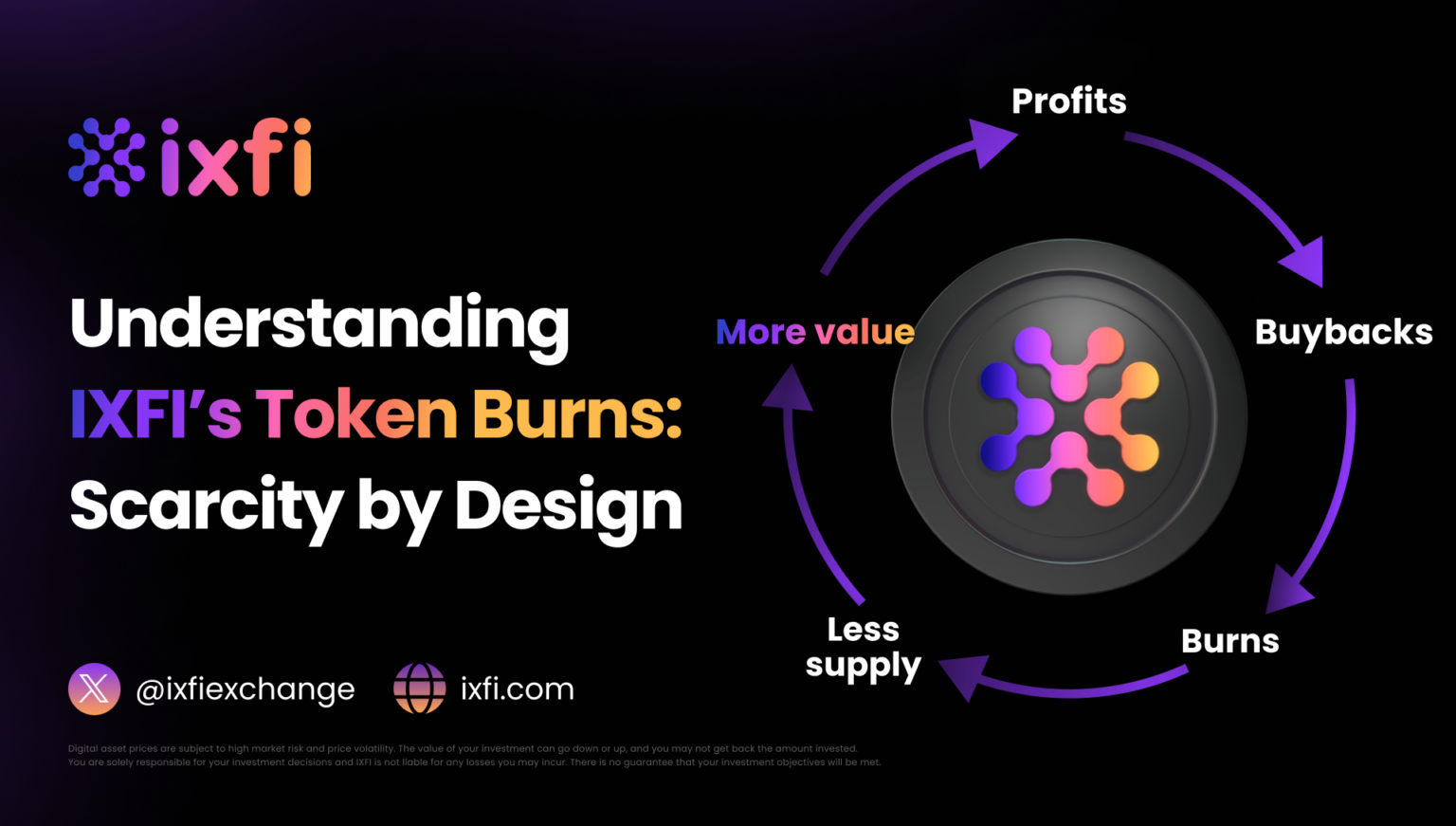The cryptocurrency market continues to grow steadily. As more people seek different avenues for investment in the cryptocurrency world, it is imperative to take time to make an informed decision — that is what a Smartvestor does.
Let’s face it, some of us jump into the crypto investment bandwagon even before understanding its destination. But those who know a little more about the crypto ecosystem are aware that thorough research can help you achieve your desired outcome.
Any form of investment is initially a double-edged sword — you either make good of it and prosper or handle it carelessly and lose it all. As a crypto investor, you need to employ the same fundamentals of investing a majority of people use with stocks and other types of investment.
Diversification is a critical aspect of investments, especially in cryptocurrency, as it reduces the overall risk exposure. In cryptocurrency, building a framework for evaluation and then utilizing it to build a portfolio is an appropriate starting point.
Of course, there is no magic grail on how to invest or how much exposure to add to your portfolio. This is something you must assess for yourself.
Is There a Limit?
There is no stipulated minimum or maximum diversification of your crypto portfolio. But, do you remember the old adage of not putting all your eggs in one basket? Investing in two or more cryptocurrencies is a good starting point for small-scale investors. However, the more experienced investors who may want to build a sizeable portfolio can go for more than three.
Don’t Jump Right Into It
Even before deciding whether you want to invest in two, three, or more crypto assets, your decision must be informed by the following questions:
- How long are you planning to invest?
What seems risky (the chances of losing your investment) over the short term might not be as risky over the long term? For example, an asset may be volatile every day but go up long-term.
2. Can you handle the pressure of witnessing your portfolio lose about 20 percent daily?
Even if you plan to invest your money for 20 years. The bottom line, in this case, is if your portfolio causes you sleepless nights or affects your mood, then you need a different one. Regular rebalancing your portfolio is a strategy that ensures the risk level is consistent with your financial goals.
3. How much are you investing?
You need to think about the amount you are investing and how much you expect to get at the end of your investment period. A comparison of these two (investment v. returns) tells you how aggressive you need to be or the risks you must take. In case you find that you cannot take in the risk level required, you can either redefine your goal or invest more capital.
4. How much “total loss” can you afford?
There are numerous risks in cryptocurrency that can result in a complete loss of your investment. For example, consider if the government bans or makes crypto too difficult to use, or a technological issue such as a blockchain hack, or the crypto market goes down to zero just when you want to exit, or your custodian goes bankrupt hence unable to refund your money or even lose your access to your private wallet (the more reasons you need a trusted and secure platform such as IXFI). Deciding how much risk you can take and the likelihood of something unfortunate happening helps you determine the maximum investment you can allocate to each asset.
How Do You Diversify Your Portfolio?
There are numerous strategies employed in the diversification of the crypto portfolio. You can diversify according to:
- Type of currency — For example, investing in highly-ranking cryptocurrencies. In this case, you can opt for cryptocurrencies that align with your investment objective.
- Industry — You must also consider whether the coins you have invested in can be used to execute certain transactions in different industries or businesses. Here, an investor must conduct thorough research and what industries accept cryptocurrencies.
- Geography — It is crucial to try different cryptocurrency projects in other parts of the world. This helps to protect the investment from the uncertainties presented by regulatory policies. Hence, an investor can balance their diverse portfolio even when the market is volatile.
- Timing — Timing is an essential aspect of cryptocurrency investment. In this case, the investor waits when the market is favorable to sell their assets or leave the market.
If you’re interested in investing in cryptocurrencies, it’s not advisable to do so without researching the ecosystem beforehand. From which coins, exchanges and projects you should support to your personal risk levels and portfolio management, every little detail is essential.
Luckily, Your Friendly Crypto Exchange can be a great starting point for investors who have just discovered the opportunities crypto has to offer, but it can be valuable for experienced crypto investors as well due to the platform’s advanced features and high security.
Register on IXFI and see for yourself what performance, ease of use and attention to detail look like in a modern and reliable trading platform.
Disclaimer: The content of this article is not investment advice and does not constitute an offer or solicitation to offer or recommendation of any investment product. It is for general purposes only and does not take into account your individual needs, investment objectives and specific financial and fiscal circumstances.
Although the material contained in this article was prepared based on information from public and private sources that IXFI believes to be reliable, no representation, warranty or undertaking, stated or implied, is given as to the accuracy of the information contained herein, and IXFI expressly disclaims any liability for the accuracy and completeness of the information contained in this article.
Investment involves risk; any ideas or strategies discussed herein should therefore not be undertaken by any individual without prior consultation with a financial professional for the purpose of assessing whether the ideas or strategies that are discussed are suitable to you based on your own personal financial and fiscal objectives, needs and risk tolerance. IXFI expressly disclaims any liability or loss incurred by any person who acts on the information, ideas or strategies discussed herein.



